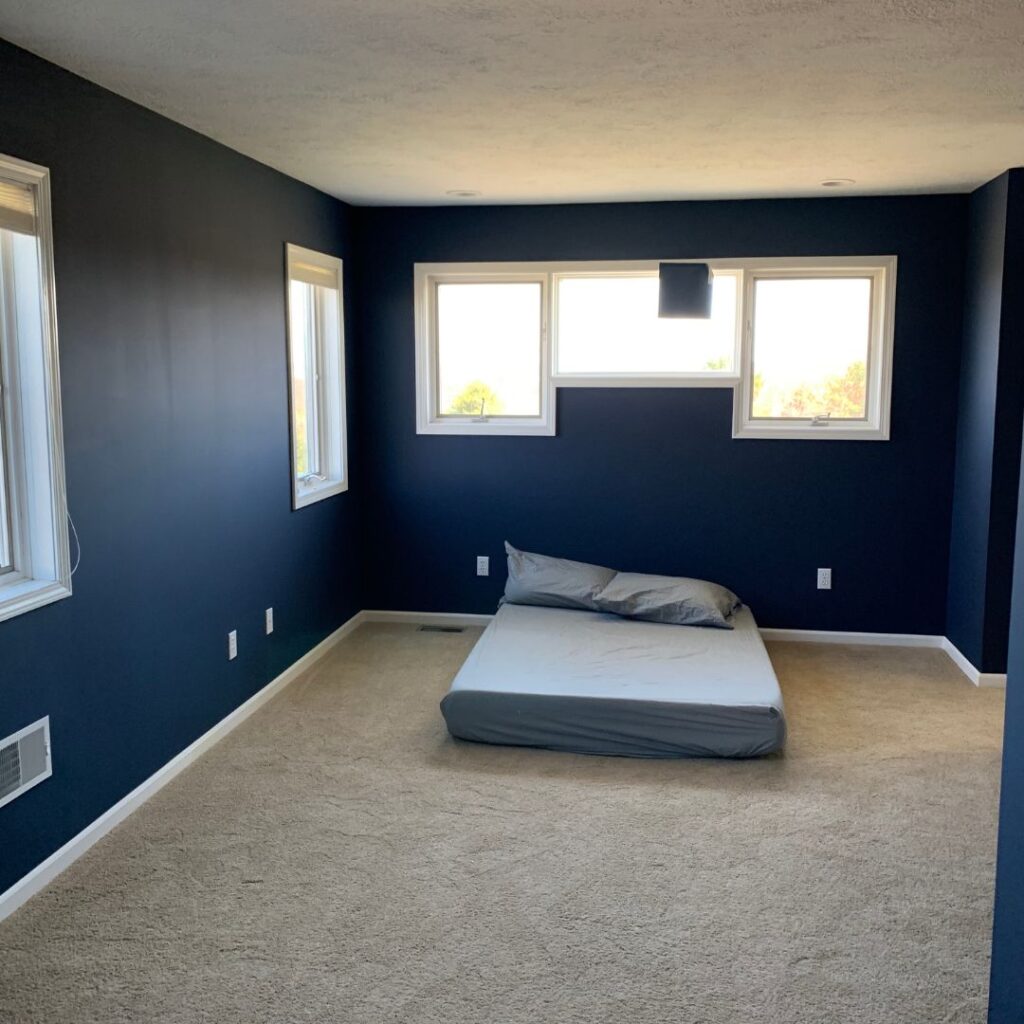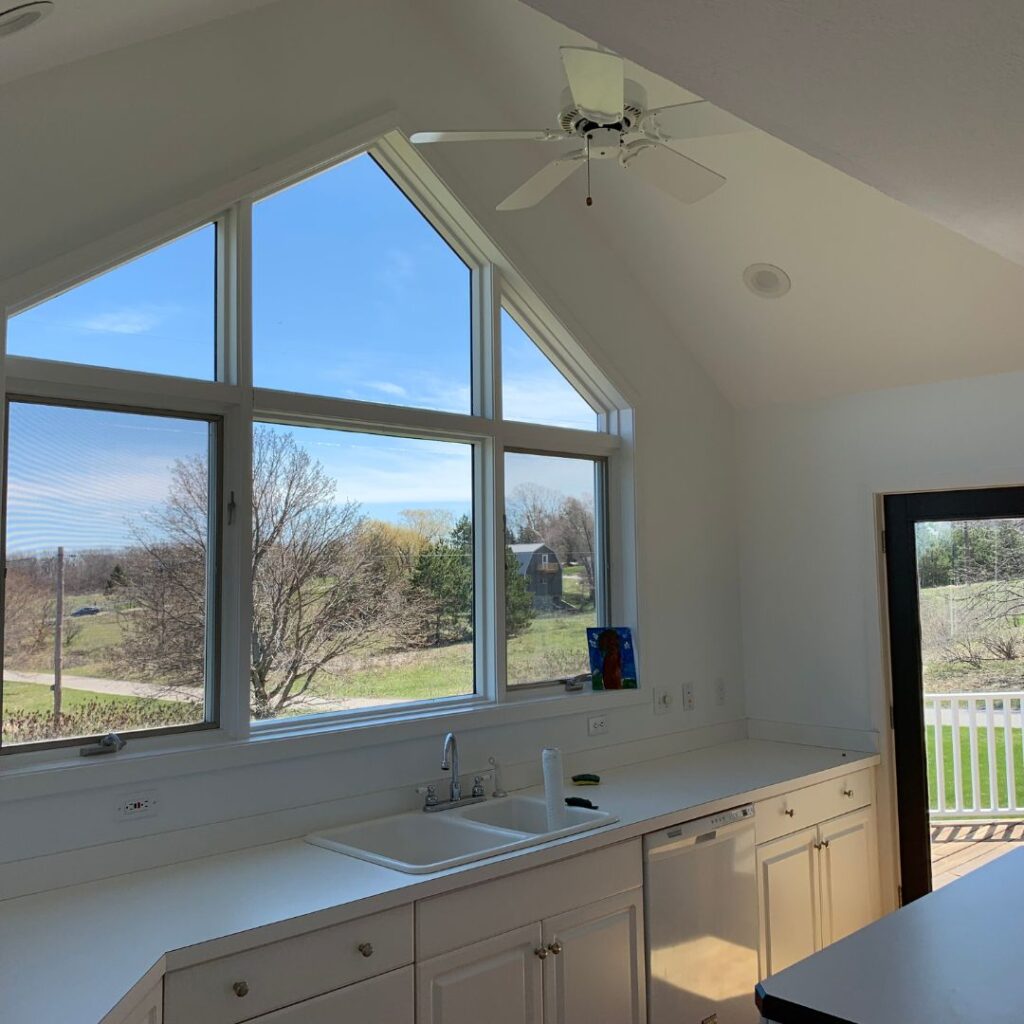Painting the interior of your home is an exciting way to refresh its look and create a welcoming atmosphere. Whether you're a DIY enthusiast or hiring a professional painting contractor, these five tips will help you achieve a flawless and professional finish. Read on to discover the secrets to successful residential painting.
Maintain a “Wet Edge” for Smooth Results: To avoid lap marks and uneven layers of paint, it’s essential to maintain a “wet edge” while painting interior walls. Start near a corner and roll the paint up and down the full height of the wall, slightly moving over with each stroke. Avoid letting the roller become nearly dry by reloading it often. Additionally, keep the open side of the roller frame facing the already painted area to minimize paint ridges.
Mix Paint Cans for Consistent Color: Paint color can vary slightly from one can to another, leading to noticeable differences on the wall. To ensure a consistent color throughout the room, mix several cans of paint in a large bucket before starting the project. This process, known as “boxing,” helps eliminate variations and provides a uniform appearance. Remember to estimate the amount of paint needed and mix it in a 5-gallon bucket for larger projects.
Cut Tape for a Clean Edge: Achieving a perfect edge when painting near trim or ceilings requires careful attention. After the paint has dried completely (at least 24 hours), cut the tape loose before removing it. Use a sharp utility knife or box cutter to slice through the film formed between the wall and the tape. Start in an inconspicuous area to ensure the paint is hard enough to slice cleanly. Pull up the tape at a 45-degree angle as you cut to avoid creating a mess.
Follow the Proper Order: When painting the interior of a room, follow a specific order for efficiency and optimal results. Professionals recommend starting with the trim, followed by the ceiling, and then the walls [1]. By painting the trim first, you can focus on achieving a smooth finish without worrying about getting paint on the walls. Once the trim is dry, tape it off using painter’s tape and proceed to paint the ceiling. Finally, paint the walls, covering any accidental trim paint along the way.
Prime and Texture Wall Patches: To prevent a blotchy finish, it’s crucial to prime and texture wall patches before painting [1]. Freshly patched areas can absorb paint differently, resulting in uneven color and texture. Apply a quick coat of primer to seal the patch and ensure consistent paint absorption. Use a roller to prime, feathering out the edges to match the surrounding wall texture. Choose the appropriate nap thickness of the roller based on the wall’s texture (3/8-in. nap for smooth walls; 1/2-in. for textured).


With these five essential tips, you’re well-equipped to tackle your residential painting project with confidence. Remember to maintain a wet edge, mix paint cans for consistent color, cut tape for a clean edge, follow the proper order of painting, and prime and texture wall patches for a flawless finish. Whether you’re transforming a single room or your entire home, these techniques will help you achieve professional results that enhance the beauty of your interiors.
Traverse City, Michigan
Family-owned & Local Contractor
Full Spectrum Coatings is your go-to local coating company serving Northwestern Michigan areas. We are proud to offer top-notch residential and commercial interior painting and floor coating services that will transform your space into a work of art.
Phone: +1 231-631-1007
Email: kevin@fullspectrumcoatings.net
Traverse City, Michigan
